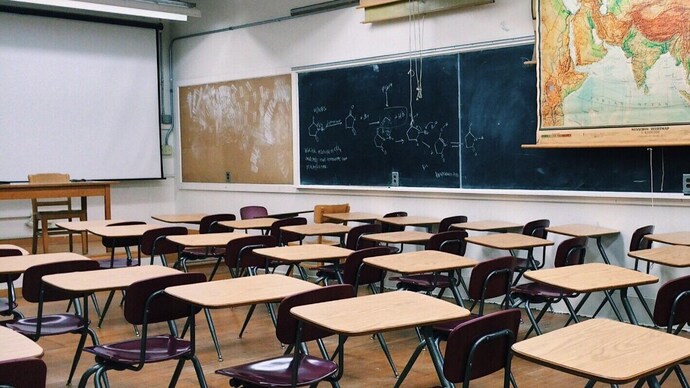65% lower-middle-income countries slashed education budgets after Covid-19 outbreak: World Bank
World Bank has released a report according to which 65% of low and lower-middle-income countries have slashed education budgets after the Covid-19 outbreak.

Education budgets were cut by 65 percent of low and lower-middle-income countries after the onset of the Covid-19 pandemic while only 33 percent of high and upper-middle-income countries did so, according to a report by the World Bank.
UNESCO''s Global Education Monitoring report compilation
The report, compiled in collaboration with UNESCO''s Global Education Monitoring (GEM) Report, said the current levels of government spending in low and lower-middle-income countries fall short of those required to achieve the Sustainable Development Goals (SDGs).
"In order to understand the short-term impact of the Covid-19 pandemic on education budgets, information was collected for a sample of 29 countries across all regions. The sample represents about 54 percent of the world's school and university-aged population. The information collected was then verified with World Bank country teams," the report said.
Measures to be taken by World Bank to procure education sector amid Covid-19
"Responding to the Covid-19 crisis requires additional spending to adapt schools for compliance with the necessary measures to control contagion and to fund programs to make up for the losses in learning students experienced while schools were closed," it added.
Countries planning to cut education budget due to Covid-19 pandemic
The sample includes three low-income countries (Afghanistan, Ethiopia, Uganda); 14 lower-middle-income countries (Bangladesh, Egypt, India, Kenya, Kyrgyz Republic, Morocco, Myanmar, Nepal, Nigeria, Pakistan, Philippines, Tanzania, Ukraine, Uzbekistan); 10 upper-middle-income nations (Argentina, Brazil, Colombia, Jordan, Indonesia, Kazakhstan, Mexico, Peru, Russia, Turkey); and two high-income countries (Chile, Panama).
"The following countries have education shares below 10 percent and therefore are likely to have other main financing sources besides budget assigned by the central government: Argentina, Brazil, Egypt, India, Myanmar, Nigeria, Pakistan, and Russia," the report stated.
"It is not clear that countries that have seen a decline in their education budget will be able to cover these costs increased during the pandemic alongside the regular increases in funding needed to support growing school-age populations.
"Despite the urgent need for adequate funding to allow school systems to reopen safely, about half of the countries in the sample cut their education budgets. This scarcely bodes well for the future, when macroeconomic conditions are expected to worsen," it said.
Need of the hour in education sector
On the other hand, households in low and lower-middle-income countries tend to contribute a greater share of the total education spending than those in upper-middle and high-income countries, the report pointed out.
"While data is limited, household education spending as a share of GDP has increased in low-income countries and households still contribute significantly to the costs of education. The pandemic has resulted in a large and negative income and health shock for many households," it said.
So far, Covid-19 has infected over 11.43 crore people across the globe and claimed over 25.37 lakh lives.
Read: School closures due to Covid-19 to cost India over 40,000 crores: World Bank
Read: India's 5718 crore STARS project to get support of World Bank
